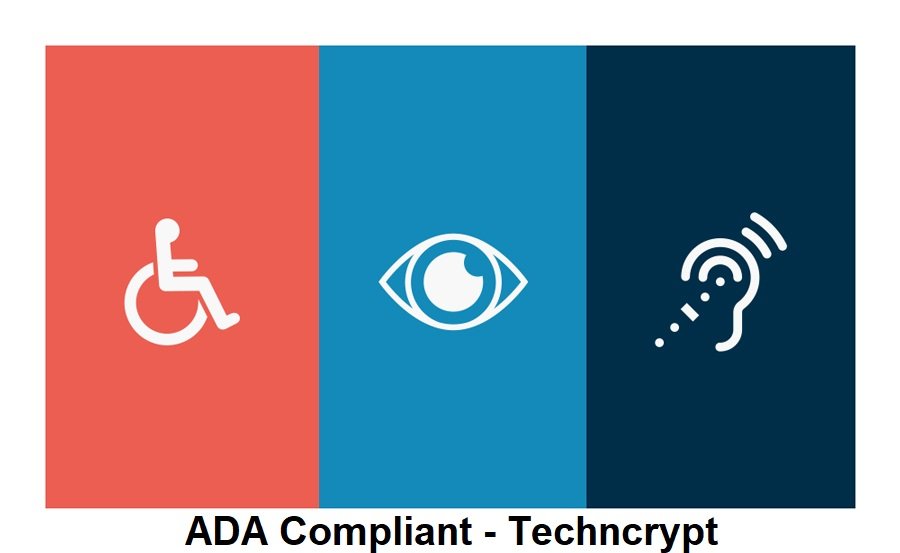ADA Compliant – The Americans with Disabilities Act – signed into law in 1990 – ensures that people with a variety of disabilities can enjoy the same options and the rest of society that is fortunate enough to not have such physical challenges.
However, the Americans with Disabilities Act impacts many more areas of our lives than most people are familiar with, and that’s why it is critically important that you fully understand how the ADA may impact you and your website.
Table of Contents
What are ADA requirements for your website?
Not every website has to comply with the Americans with Disabilities Act. Businesses that must include businesses that fall under certain categories, including those that operate for more than 20 weeks a year or have more than fifteen full-time employees.
So, what does that mean? It means that your website must be formatted in such a way that blind and deaf users can navigate it and understand its content. Unfortunately, since the Americans with Disabilities Act was written in 1990, there is no set, codified guidelines that explain what ADA compliance means for websites.
However, it is generally understood that organizations should attempt to follow guidelines established by Web Content Accessibility Guidelines.
How to check if your website is ADA compliant
Thankfully, there are many ways to ensure that your website is ADA compliant, including a variety of manual checks or by using an ADA compliance checker. According to AudioEye, a website accessibility checker quickly evaluates the severity of accessibility obstacles encountered by your website visitors and how close your site is compliant with the WCAG standards and legal mandates such as ADA, Section 508, and AODA.
Websites tend to vary, though many will have some free options that will give you a better idea of what sort of changes may be required from your website in order to make it as compliant as possible.
If you don’t want to use a compliance checker, you can always try having a disability expert perform a manual review of your website, including running it through a legal check by an expert in disability law. Keep in mind that this option can get very expensive, very quickly, and that a manual review may not be as effective as an automated one.
Generally speaking, there are some principles that your website should adhere to. These include:
- Having screen readers be able to read the content of a website to someone who has vision problems
- Creating alternate text that describes images
- Creating transcripts for videos that can be read by screen readers
- Ensure that the website is consistently formatted
You should also ensure that you are monitoring government regulations in this area and are prepared to update your website accordingly.
Making sure your website complies with the Americans with Disabilities Act is more than just a legal requirement: It helps to ensure that you keep your business accessible to a variety of individuals who may want to buy your products or services, but need to be able to access your website in order to do that.
